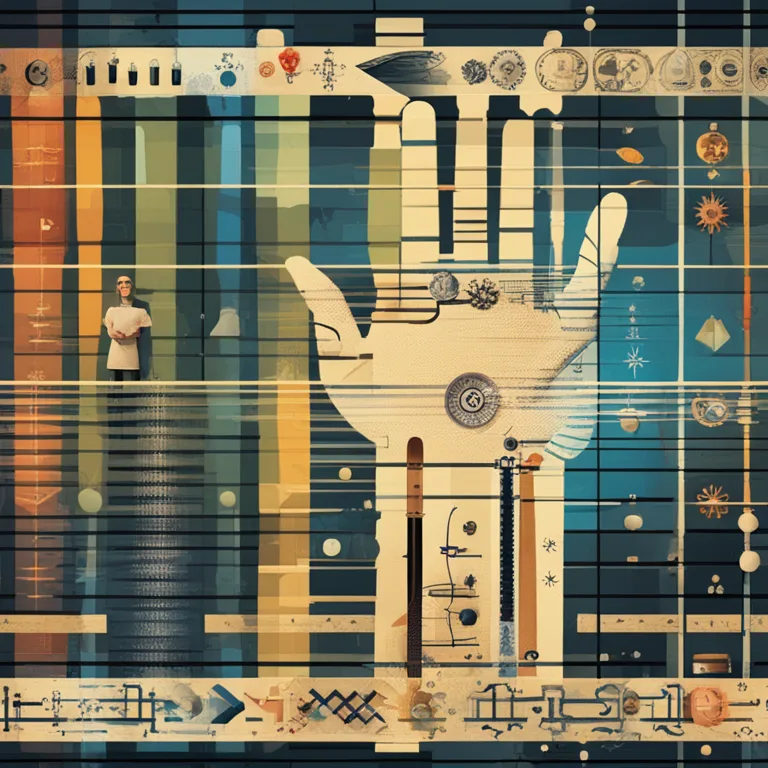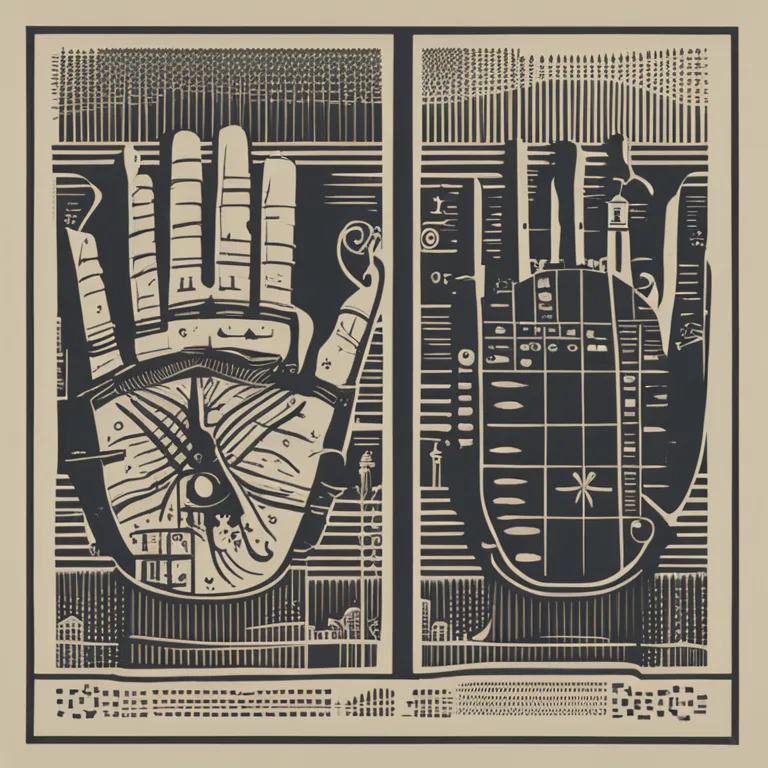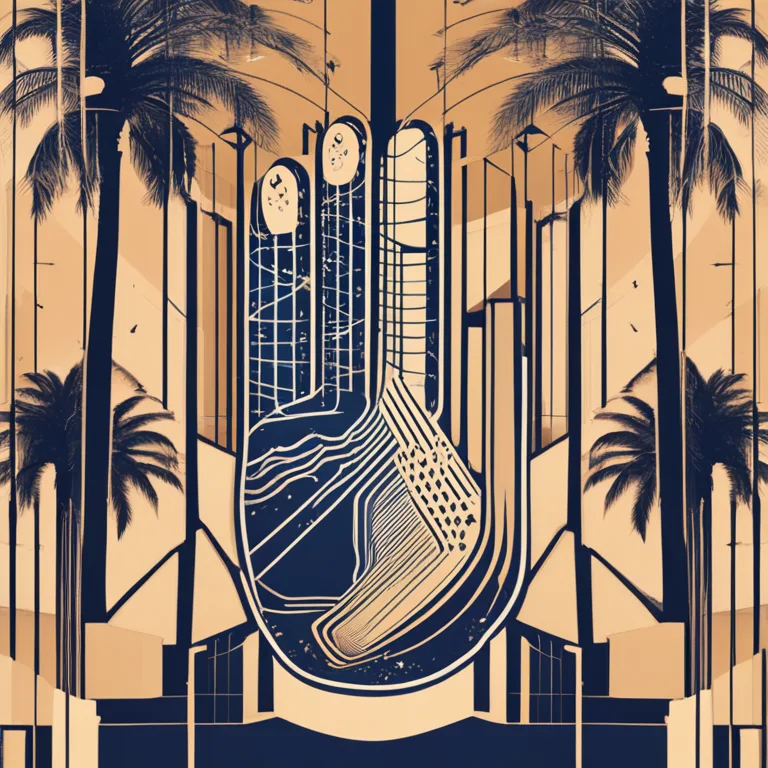
Palmistry and Science: A Rational Inquiry
Delve into the intersection of palmistry and modern science in this article that examines whether this ancient art holds any scientific credibility.
article by Nora Pennington
Palmistry's Place in Modern Science
In a world where empirical evidence guides our understanding, palmistry stands on the fringe. Historically, palmistry, or chiromancy, claims to portray an individual's personality and future by interpreting their palm lines. Scoffed at by skeptics, embraced by believers—it's a subject that polarizes. As science marches on, we find ourselves asking whether traditional practices like palmistry have any place amidst our technology-driven knowledge. This article approaches palmistry from a scientific perspective, scrutinizing its practices with the rational eye of the contemporary world.

Searching for Empirical Support
The primary contention between palmistry and science lies in the lack of empirical evidence. Science is built on verifiable data and replicable results, and thus far, palmistry has not stood up to these rigorous standards. In numerous studies attempting to correlate palm lines with personality traits or future events, the results have not shown consistency. Critics argue that this lack of repeatable and reliable results under scientific scrutiny severely undermines the credibility of palmistry as a predictive discipline.

Genetics and Palm Lines
Interestingly, recent genetic research has shown that palm lines do have a hereditary component—a fact that could infuse palmistry with a semblance of scientific grounding. However, while the lines in our hands are indeed influenced by our genes, science has yet to discover any direct links between these lines and our personalities or futures. Geneticists are cautious about making any such associations and maintain that further research is required to understand the implications fully.

Psychology and the Forer Effect
In psychological circles, palm readings are often discussed in relation to the Forer effect: the tendency of individuals to perceive vague, general statements as highly accurate for them personally. This phenomenon raises questions about the effectiveness of palmistry. Critics suggest that the success of a palm reading might be less about the lines themselves and more about the reader's ability to make broad statements that clients interpret in personal ways.

The Placebo Effect and Personal Belief
Another angle from which palmistry might be considered is through the lens of the placebo effect. Here, belief plays a powerful role; if an individual believes that a palm reading will bring about positive change or insight, this belief can manifest as a real psychological impact. While not evidence of palmistry's validity, it does speak to the power of personal belief systems and the effect they can have on our lives, a subject well documented within scientific communities.
Cultural Significance and Tradition
One cannot discuss palmistry without acknowledging its deep cultural and historical roots. For centuries, various forms of palmistry have been practiced across the world. While modern science doesn’t substantiate the claims made by palmistry, an anthropological lens may view it as a rich part of human tradition and storytelling. In this regard, palmistry can be appreciated for its narrative value and its role in cultural heritage, rather than its scientific merit.
Published: 1/3/2024
Modified: 1/3/2024
More predictions
Come back here soon to learn more about yourself and your future


The Secrets of Palmistry Travel Lines
Discover the meanings behind the travel lines on your palms and how they may hint at your journey through life.


Palmistry Clues to Predicting Parenthood
Delve into the palmistry lines associated with predicting childbirth and learn what your hands may reveal about future family life.


Palmistry's Insight into Your Health
Discover the connections between the lines on your palm and your well-being in this comprehensive look at palmistry’s role in health forecasting.